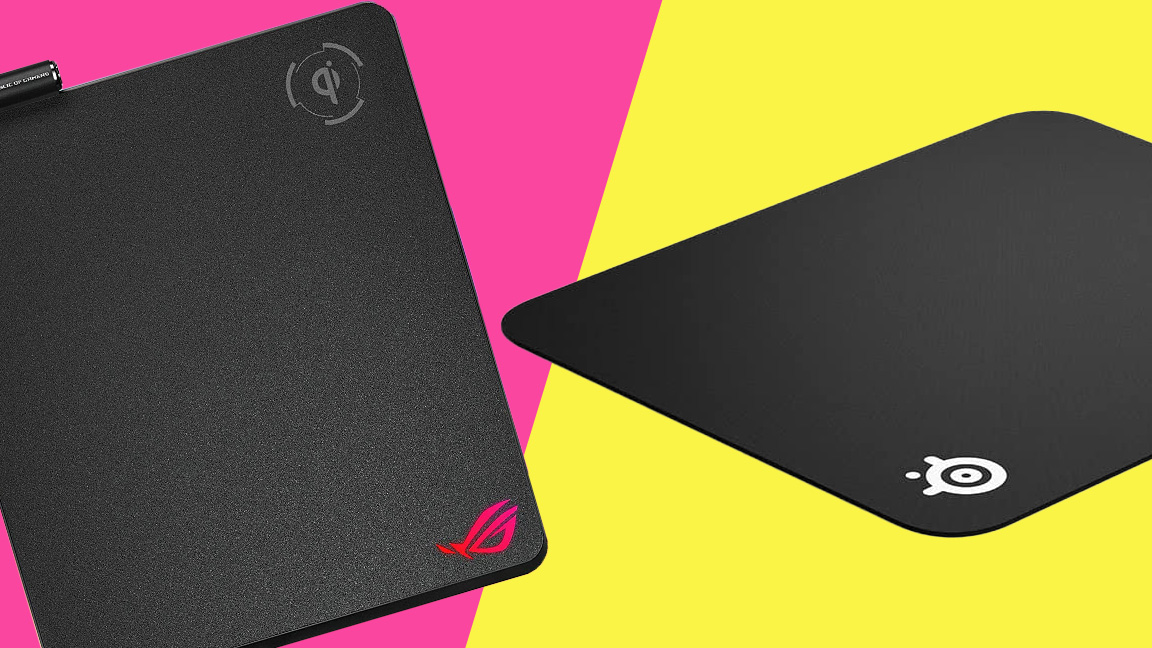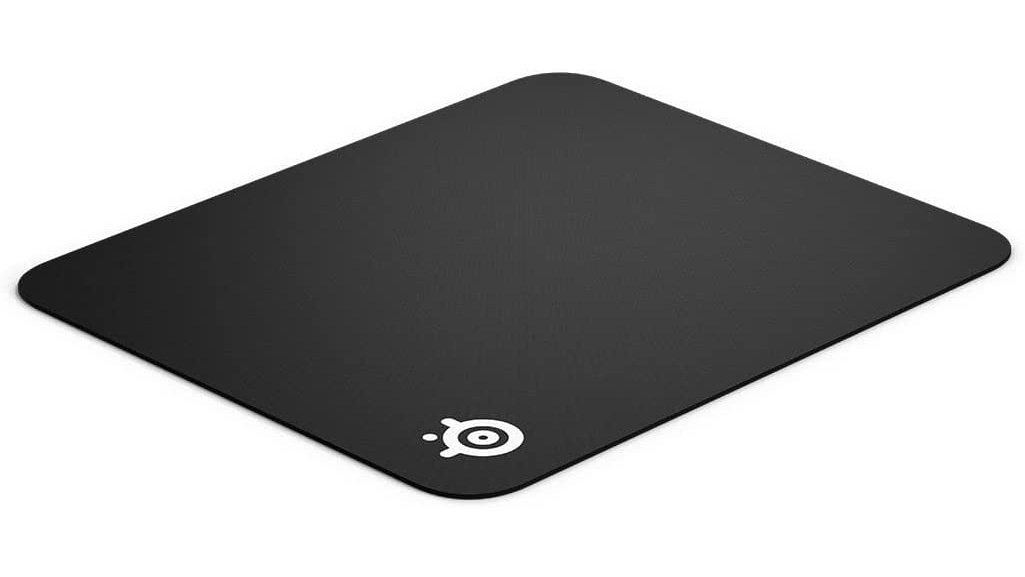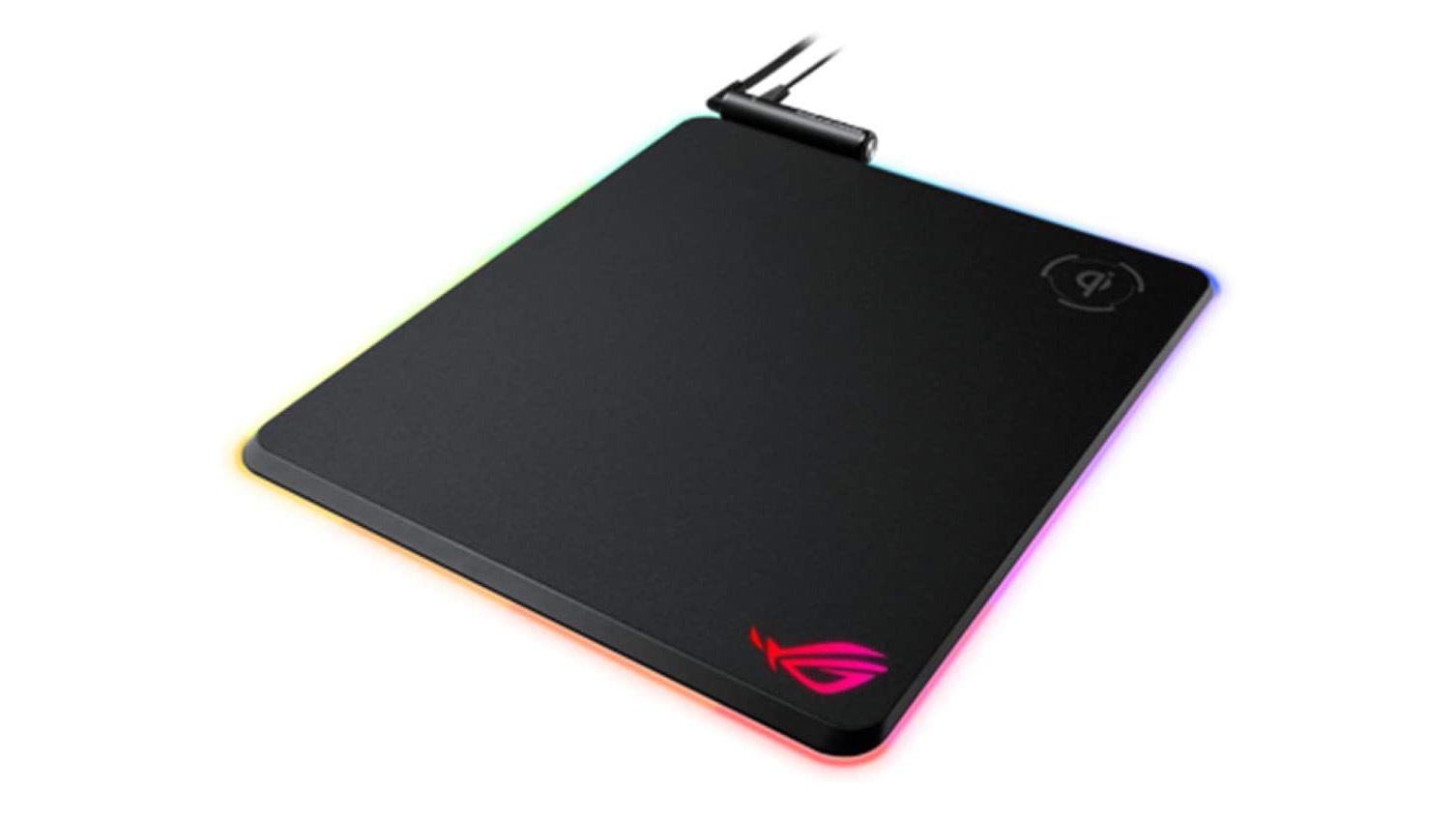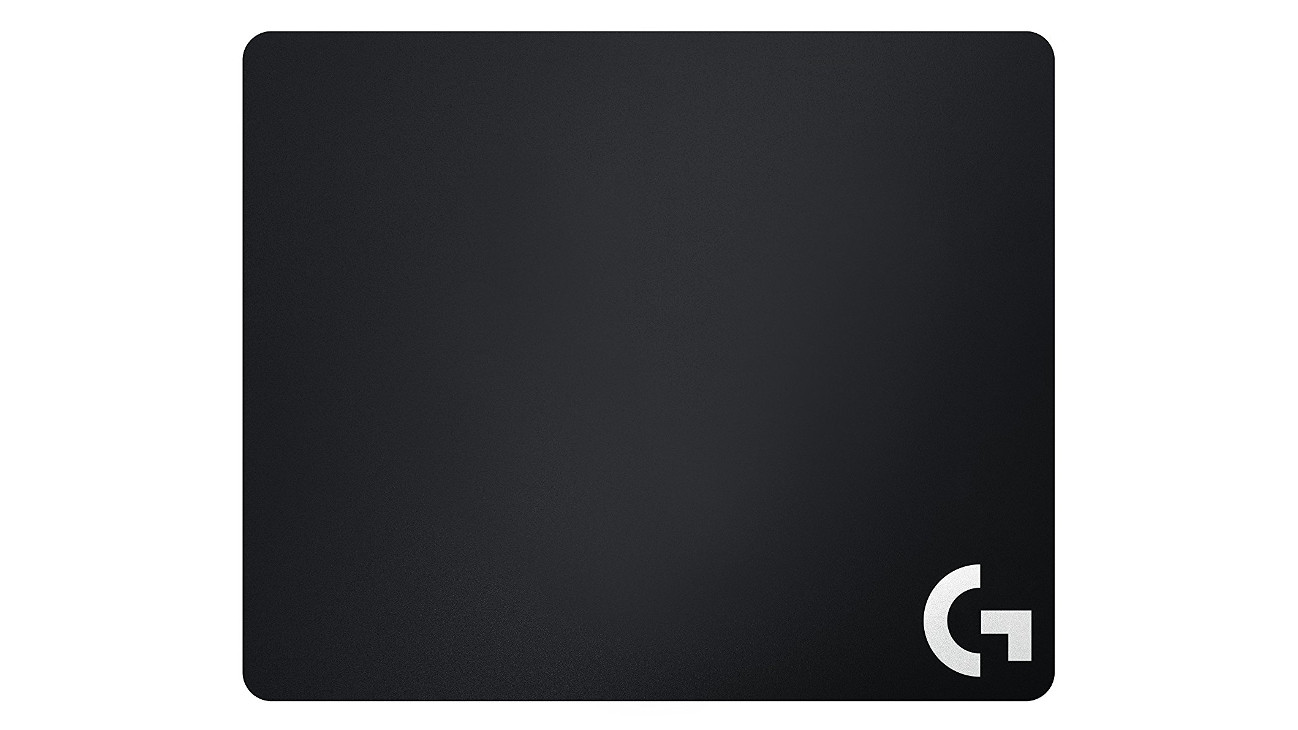Hard vs soft mouse pad: which mouse pad is best for you?
Get to know the different mouse pads

A mouse pad is an extremely crucial computing accessory for someone using a mouse of any kind. It enhances the utility of a mouse or a gaming mouse by providing a smooth surface to use it on, hence improving precision and eliminating jitter. In some cases, it also helps with accuracy by providing friction and increases ergonomics by offering a padded surface.
There is a plethora of mouse pads available on the market with each of them offering a variety of functions. They also differ in size, material, and texture. You can find mouse pads with RGB lighting, wireless charging, wrist rest, and so on. And, you can find mouse pads for gaming and mouse mats for productivity. However, they can primarily be divided into two major categories: soft and hard.
As the name suggests, soft mouse pads are made of materials that are soft in nature such as foam or rubber and covered with a layer of synthetic fabric. Whereas hard mouse pads are made of hard materials with glass, plastic, and metal being the top choices. Let us take a quick look at how a difference in material affects the price, design, and performance of each kind of mouse pad.
Hard vs soft mouse pad: price
- Soft and hard mouse pads don’t differ in terms of price
Interestingly enough, price-wise, the two kinds of mouse pads don’t really differ much. Mouse pads are generally cheap. You can get them within the range of $5 to $100+. Ultimately, the price of a mouse pad is, of course, dependent on its brand. But there is no obvious answer to which one of the two is objectively cheaper. The Logitech G440 hard mouse pad, for example, costs just as cheap as the SteelSeries Qck soft mouse pad in large.
Mouse pads can tend to get big. Like, really big (more on that later). The ones that cover almost all the real estate on your desk are usually closer to the $75 to $100 range. But a modest-sized pad without a lot of bells and whistles will cost you anywhere between $10-20 on average, and its material does not play a part in that. Mouse pads with extra functionalities such as Qi charging and a USB passthrough will obviously cost you more. The Asus ROG Balteus Qi, costing $79, is a good example of this.
- Winner: Tie

The SteelSeries QcK is a cloth mat offering an impressive surface for mousing whatever your needs, whether that’s navigating around the Windows desktop or paying games on your PC.
For
- Smooth and precise
- Great value
Against
- Tracks pet hair

With the Asus ROG Balteus Qi, you're getting plenty of features like 15 RGB customizable zones, Qi charging, and USB passthrough. And, that surface helps makes you be a little more precise to win.
For
- USB passthrough
- Qi charging
Against
- Surface feels rough

If you prefer a more affordable hard mouse pad, the Logitech G440 is the cost-friendly solution. It's not the lowest friction mouse pad, but it is a nice balance if you also play games that need a bit more precision.
For
- Easy to clean
- Works beautifully
Against
- Rougher edges
Hard vs soft mouse pad: design
- Soft mouse pads offer padding and are easily portable
- Hard mouse pads are more durable and easier to clean
Design is one of the departments where the difference between the two kinds of mouse pads really starts to show. To begin with, there are several physical differences between soft and hard mouse pads. The former is usually available in sizes ranging from as small as eight inches to as big as the size of your gaming desk. Meanwhile, the latter is typically medium to large-sized and almost always rectangular in shape.
Soft mouse pads usually offer extra padding or wrist rest, while hard mouse pads don’t feature any kind of cushioning. The most obvious consequence of this is that it makes soft mouse pads more comfortable, especially for longer sessions of gaming. However, the excessive padding, on top of hosting a rubber body with a fabric coating, means that it will heat up fairly fast due to the user’s body heat. This can become an inconvenience to the user, especially if the heat results in mild sweat. Featuring bodies made of plastic or metal, hard mouse pads don’t suffer from this issue.
Portability, however, can be an issue with hard mouse pads. Most soft mouse pads can be rolled up and stowed in your bag to be taken on the go. Hard mouse pads are incapable of delivering the same kind of flexibility, and can, therefore, be a hassle to carry. This isn’t to say that all soft mouse pads are easily portable. It all comes down to the size of both the mouse pad and your bag.
In terms of durability, hard mouse pads are recommendable. Since they’re made of materials that are much tougher than the ones soft mouse pads are made from, they don’t break easily. They also feature a greater endurance towards rips and tears, unlike soft pads. However, their tough material has a downside too. Upon years of usage, hard mouse pads usually damage the underside of your mouse. This is more common among mice that don’t sport protective rubber feet.
Lastly, but very importantly, soft mouse pads are a nuisance to clean. Naturally, plastic or metal is simpler to clean than cloth. Hard mouse pads can easily be cleaned by simply wiping them with a sponge dipped in a cleaning agent and drying them with a dry cloth afterwards. For a soft mouse pad, you need to deep clean it by leaving it immersed in water for a while, then using a cleaning agent to remove dirt, and then leaving it out to air dry. To make it slightly worse, a soft mouse pad is also more susceptible to dirt and stains as its material makes it easier for it to absorb spillages.
- Winner: Tie
Hard vs soft mouse pad: performance
- Soft mouse pads are precise but not as fast
- Hard mousepads are fast but not as precise
As far as performance is concerned, the major difference between soft and hard mouse pads lies in the precision and speed achieved by both. Since soft mouse pads are made of materials that cause friction, you’d be able to achieve less speed but more precision with those. Hence, they’re perfect for anyone who requires immense accuracy in their field of work, such as art or design.
Precision comes in handy during video games as well, especially among genres that are competitive. A few examples include FPS (First Person Shooter) and MOBA (Multiplayer Online Battle Arena) games. The lack of friction can make it harder for you to aim, for instance.
It is important to note that a trackball mouse, the oldest kind of mouse with a roller-ball under it, quite literally requires a soft mouse pad to run efficiently. This is because the ball needs some amount of friction to roll over or it would be highly imprecise in its job.
Due to negligible friction, hard mouse pads offer much faster speeds but make it very hard for a user to master precision with them. Especially if you’ve always used a soft mouse pad, it will take a while for you to get used to a hard one. You’d find it relatively easier to move around but difficult to stop. However, you can learn how to control your mouse on a hard mousepad with sufficient practice. And once you’ve reached that point, you’d be thrilled by its potential to enhance your gameplay.
- Winner: Tie
Hard vs soft mouse pad: which should you buy?
It all comes down to what your priorities and needs are. If you find yourself often carrying your mouse pad on you, you might find a hard mouse pad to be inconvenient. Similarly, if you don’t have the time, energy, or willingness to regularly deep clean your mouse pad, it’s better to stick to a hard mousepad.
Performance is an important area to think about, too. If you’re looking for greater resistance, definitely opt for a soft mouse pad. If you want enhanced speed, a hard mouse pad is your best bet. And, again, if you’re using a track-ball mouse, you don’t have an option but to use a soft mouse pad.
Get daily insight, inspiration and deals in your inbox
Sign up for breaking news, reviews, opinion, top tech deals, and more.
Dua is a freelance technology writer who's contributed to TechRadar, PCMag and ScreenRant. She's been a technology fan since she was young, and used to pore over the latest product reviews. When not playing with or researching some new piece of tech, you might find her reading, working out or playing the ukelele.